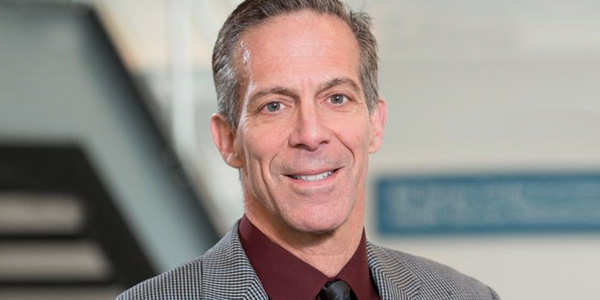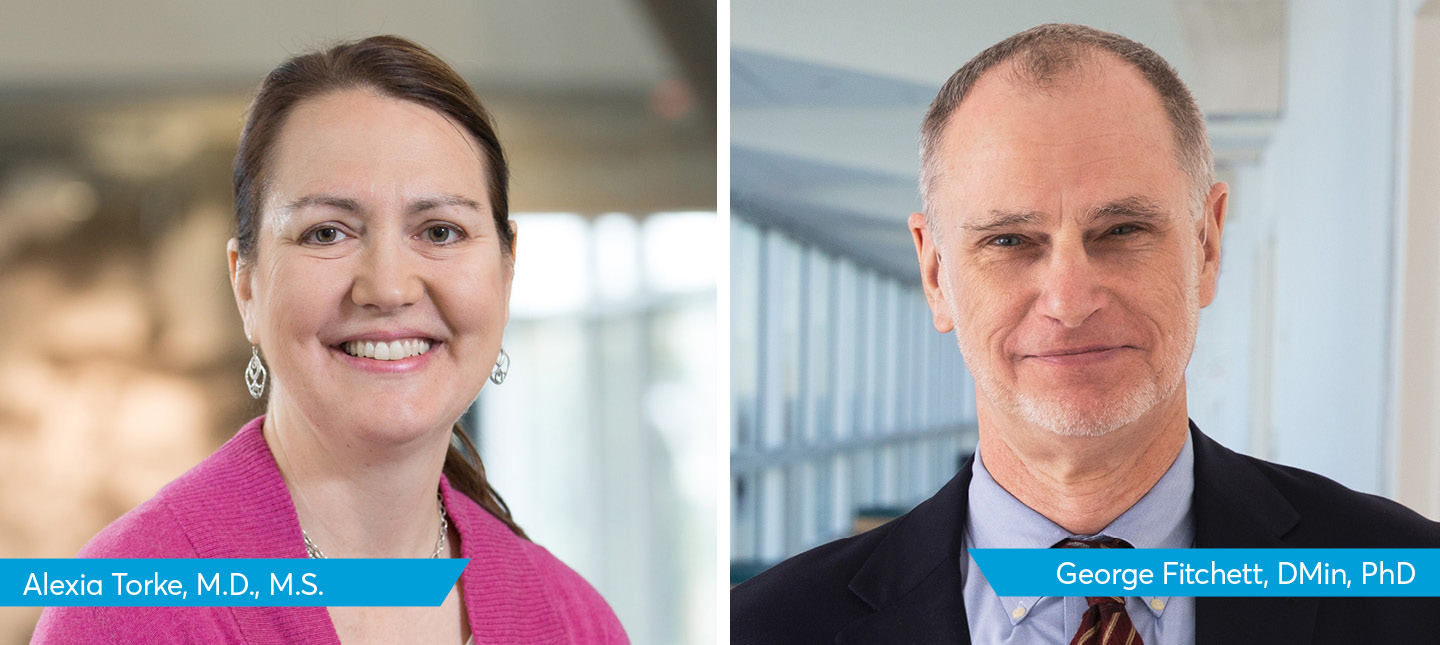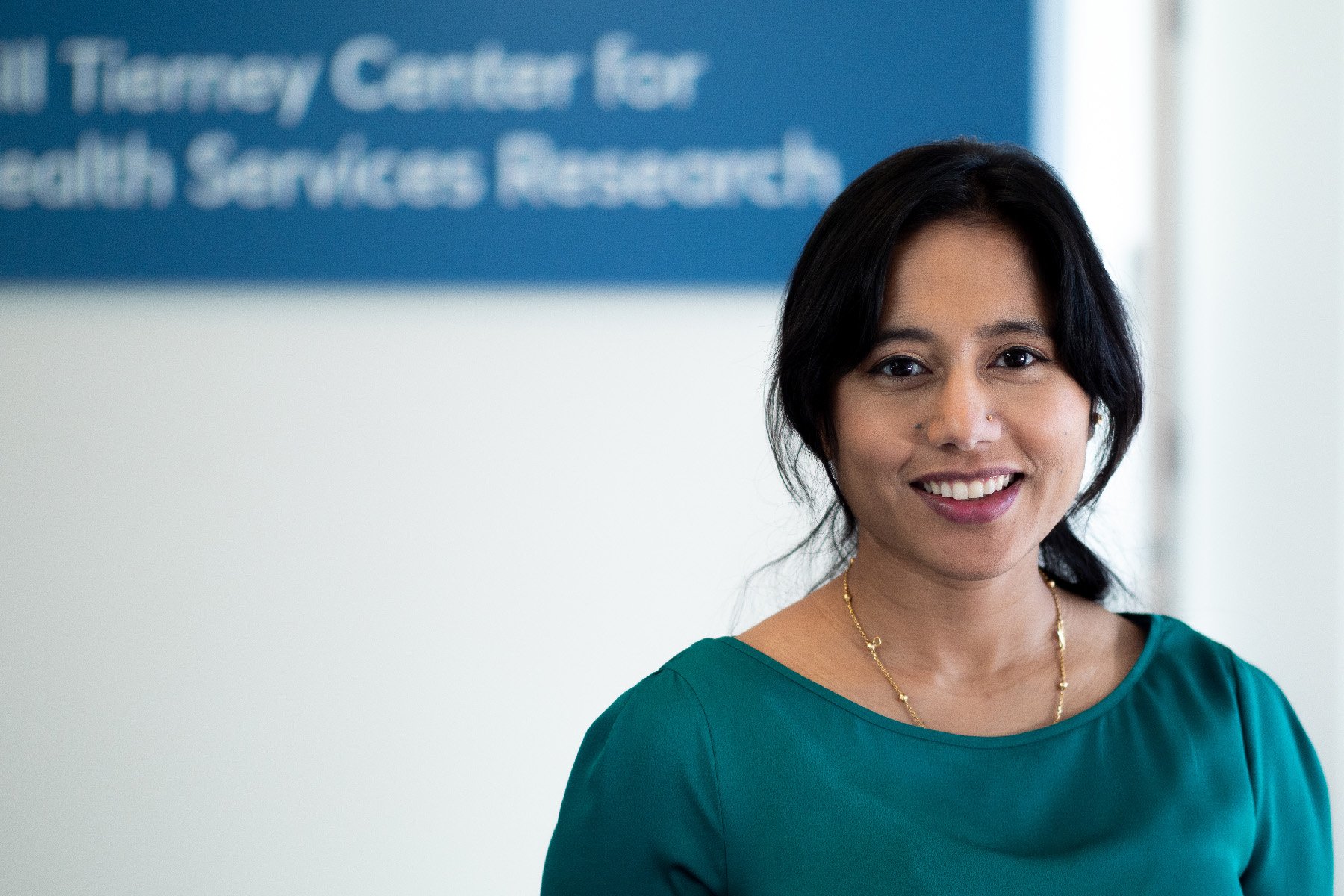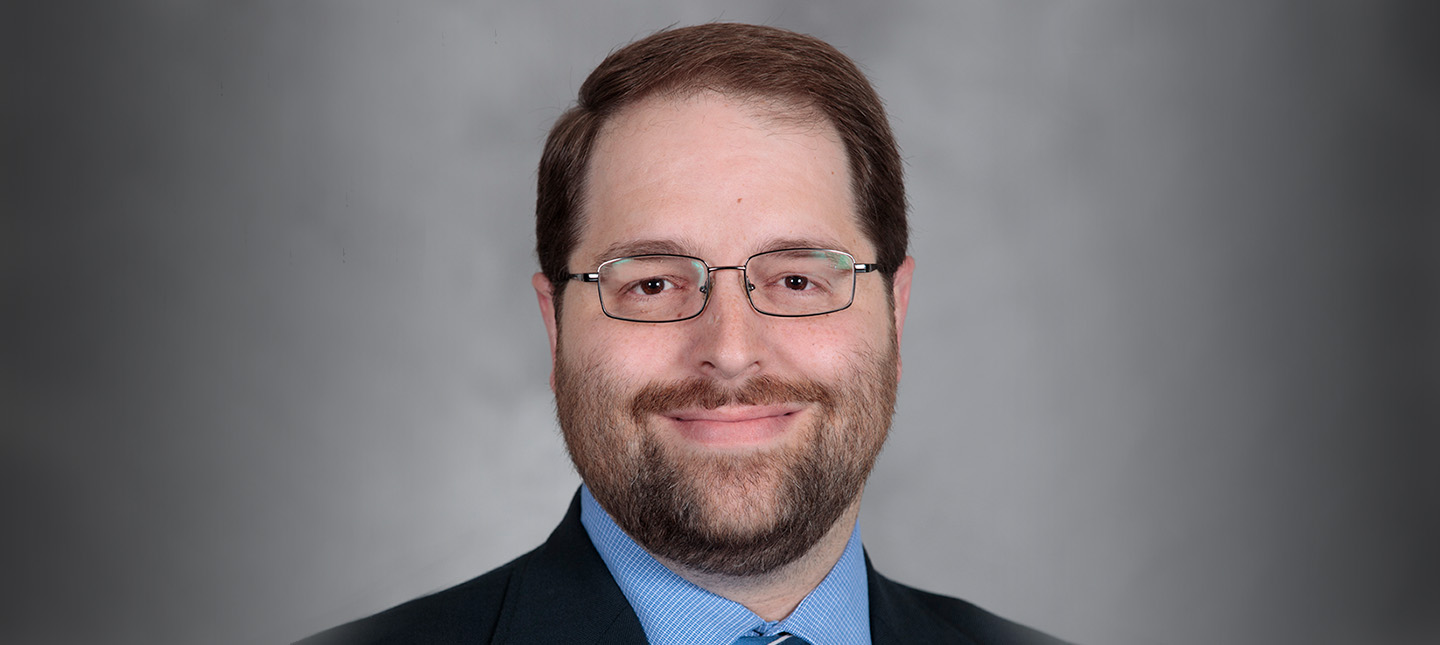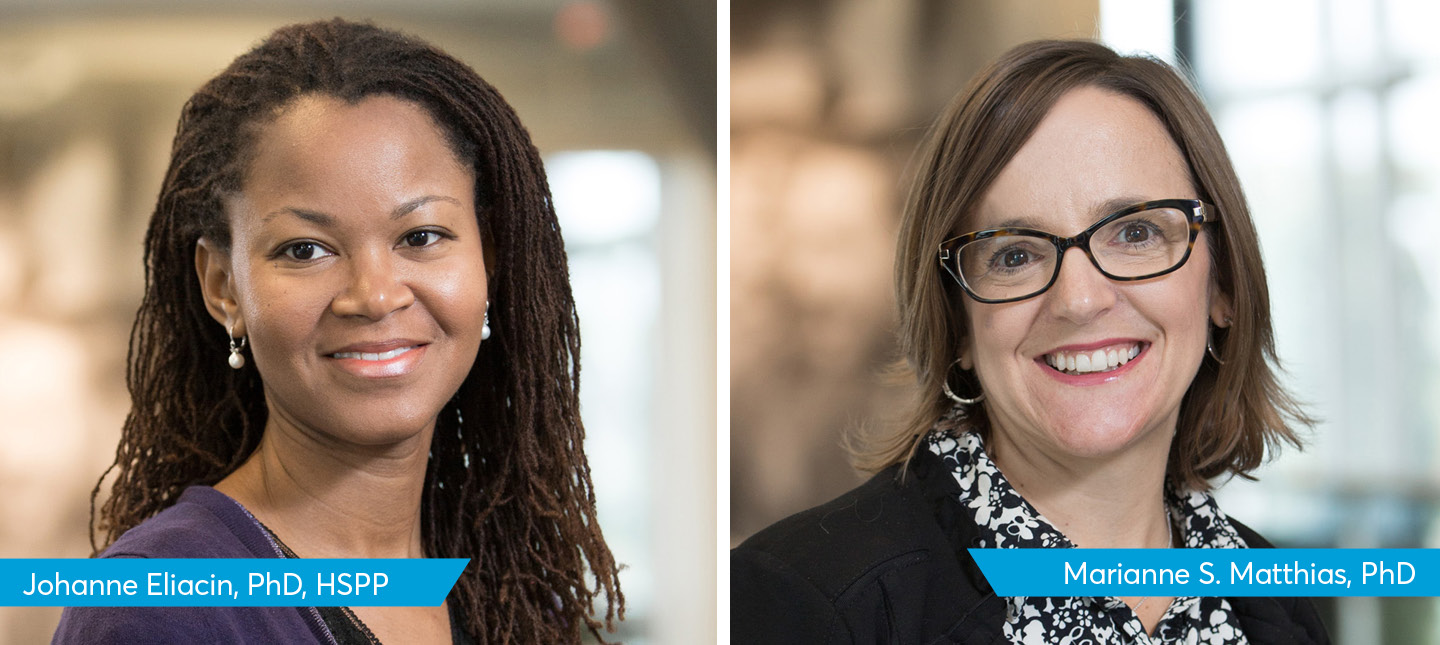A new study shows that even though hospitals experience similar rates of emergency department (ED) visits after major surgeries, some have a great deal more readmissions. Study authors from Regenstrief Institute, the U.S. Department of Veterans Affairs, Indiana University and University of Michigan say this demonstrates the need for greater coordination of care.
The study analyzed the electronic health records of nearly 2 million Medicare beneficiaries who underwent one of five common surgical procedures. The surgeries included percutaneous coronary intervention, colectomy, hip replacement, coronary artery bypass grafting and aortic valve repair or replacement. Researchers compared rates of post-discharge ED visits, the proportion of patients readmitted to the hospital from the ED, and hospital readmission within seven days of discharge from the ED.
“Our analysis found that although there is a wide range of variation in rates of readmission throughout hospitals, some hospitals are better at preventing readmissions from the emergency department,” said first author Sharmistha Dev, M.D., Regenstrief research scientist, affiliate investigator at the VA Health Services Research and Development Center for Health Information and Communication in Indianapolis and assistant professor at IU School of Medicine.
“Emergency departments are a significant factor in preventing readmission,” she continued. “Coordination of care should involve the ED. Our immediate next steps are to perform a deep dive into the practices of the best and worst performing hospitals and emergency departments. Is it increased communication between the ED and surgeons? Is it the existence of outpatient care plans? Understanding those factors will help guide future interventions such as mobile health or telehealth.”
Reducing readmissions following surgical procedures has become an important issue for payers and policymakers. For example, penalties imposed by the Centers for Medicare and Medicaid Services’ (CMS) Hospital Readmissions Reduction Program were expanded to include select surgical conditions. Additionally, there is further regulatory pressure on hospitals tied to episode-based payment programs, such as CMS’ Bundled Payments for Care Improvement initiative, which leverages the high cost of rehospitalization to indirectly incentivize hospitals to reduce readmissions.
“Emergency Department Utilization and Readmissions Following Major Surgery: A Retrospective Study of Medicare Data” is published in the Journal of Surgical Research. In addition to Dr. Dev, other authors are Andrew A. Gonzalez, M.D., J.D., MPH from Regenstrief, IU School of Medicine and the IU Richard M. Fairbanks School of Public Health; Amir A. Ghaferi, M.D., M.S.; Brahmajee K. Nallamothi, M.D.; and Keith E. Kocher, M.D., MPH, all of the University of Michigan.
About Sharmistha Dev, M.D., MPH
In addition to her role as a Regenstrief research scientist, Sharmistha Dev, M.D., MPH, is an assistant professor of emergency medicine at Indiana University School of Medicine and an affiliate investigator in the VA Health Services Research and Development Center for Health Information and Communication.
About Regenstrief Institute
Founded in 1969 in Indianapolis, the Regenstrief Institute is a local, national and global leader dedicated to a world where better information empowers people to end disease and realize true health. A key research partner to Indiana University, Regenstrief and its research scientists are responsible for a growing number of major healthcare innovations and studies. Examples range from the development of global health information technology standards that enable the use and interoperability of electronic health records to improving patient-physician communications, to creating models of care that inform practice and improve the lives of patients around the globe.
Sam Regenstrief, a nationally successful entrepreneur from Connersville, Indiana, founded the institute with the goal of making healthcare more efficient and accessible for everyone. His vision continues to guide the institute’s research mission.
About IU School of Medicine
IU School of Medicine is the largest medical school in the U.S. and is annually ranked among the top medical schools in the nation by U.S. News & World Report. The school offers high-quality medical education, access to leading medical research and rich campus life in nine Indiana cities, including rural and urban locations consistently recognized for livability.
About Veteran Health Indiana and CHIC
The Richard L. Roudebush VA Medical Center is the flagship medical center for Veteran Health Indiana, the VA’s healthcare system in central and southern Indiana. The medical center is located in downtown Indianapolis, and is collocated with three large community hospitals and the campus of the Indiana University Schools of Medicine and Nursing. The health system has been serving Hoosier Veterans since 1932. As Indiana’s Level 1a, tertiary care Veteran facility, the medical center serves as home base for a system of inpatient and outpatient care locations serving more than 62,000 Veterans.
The VA Health Services Research and Development (HSR&D) Center for Health Information and Communication (CHIC) group is a diverse cadre of researchers based at Roudebush VA Medical Center who work together to transform the healthcare system, both within and outside the VA so every patient receives consistent, high-quality care.

